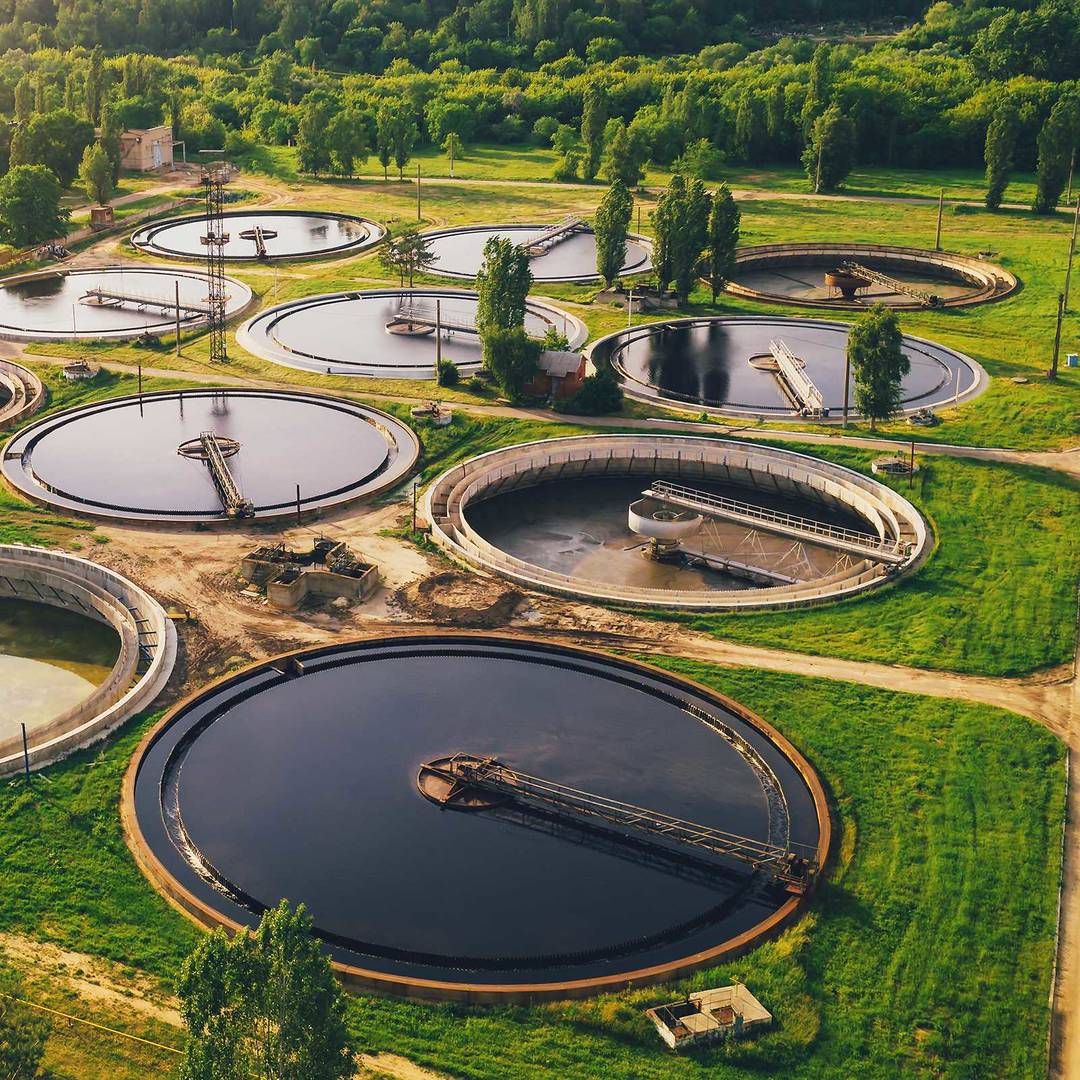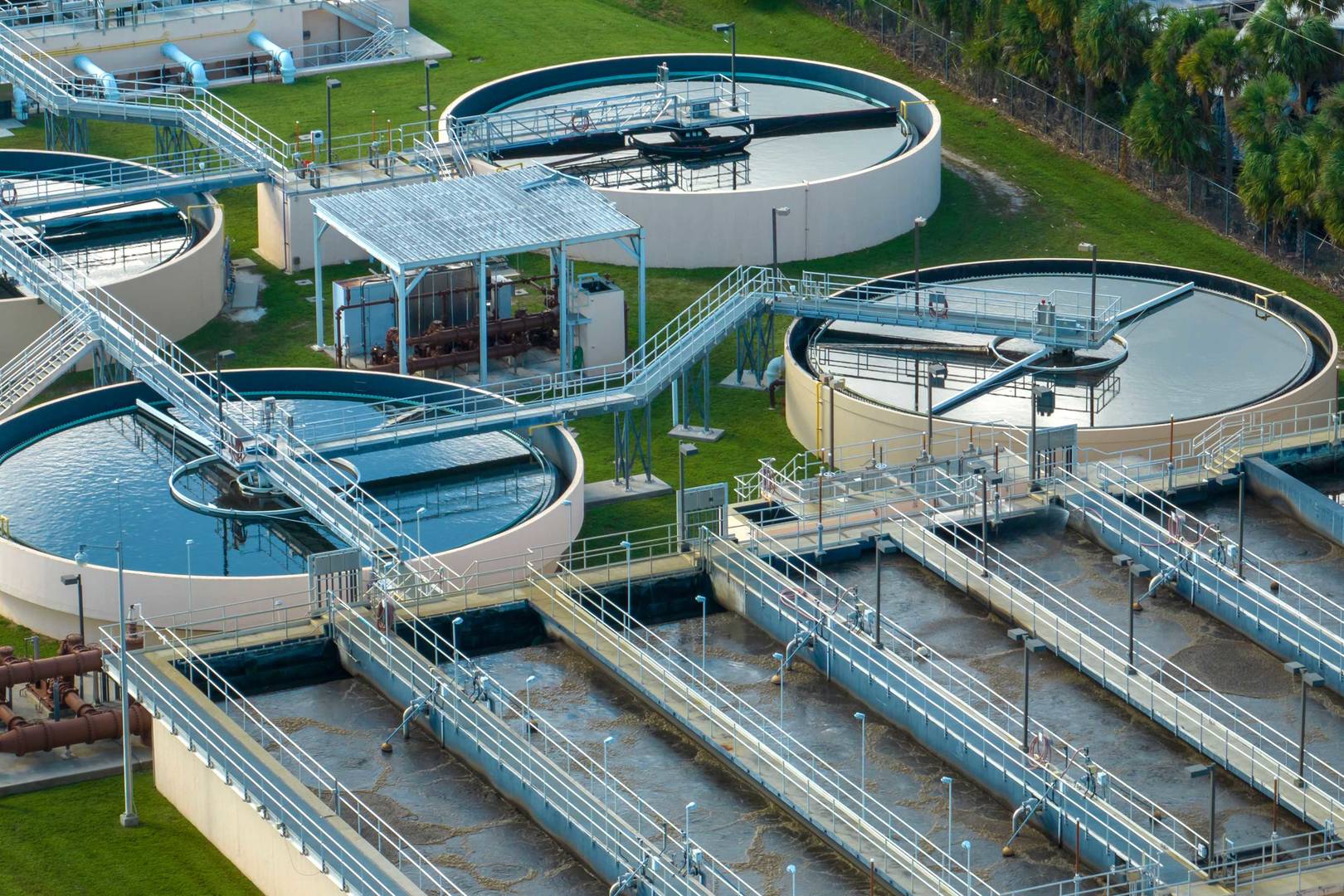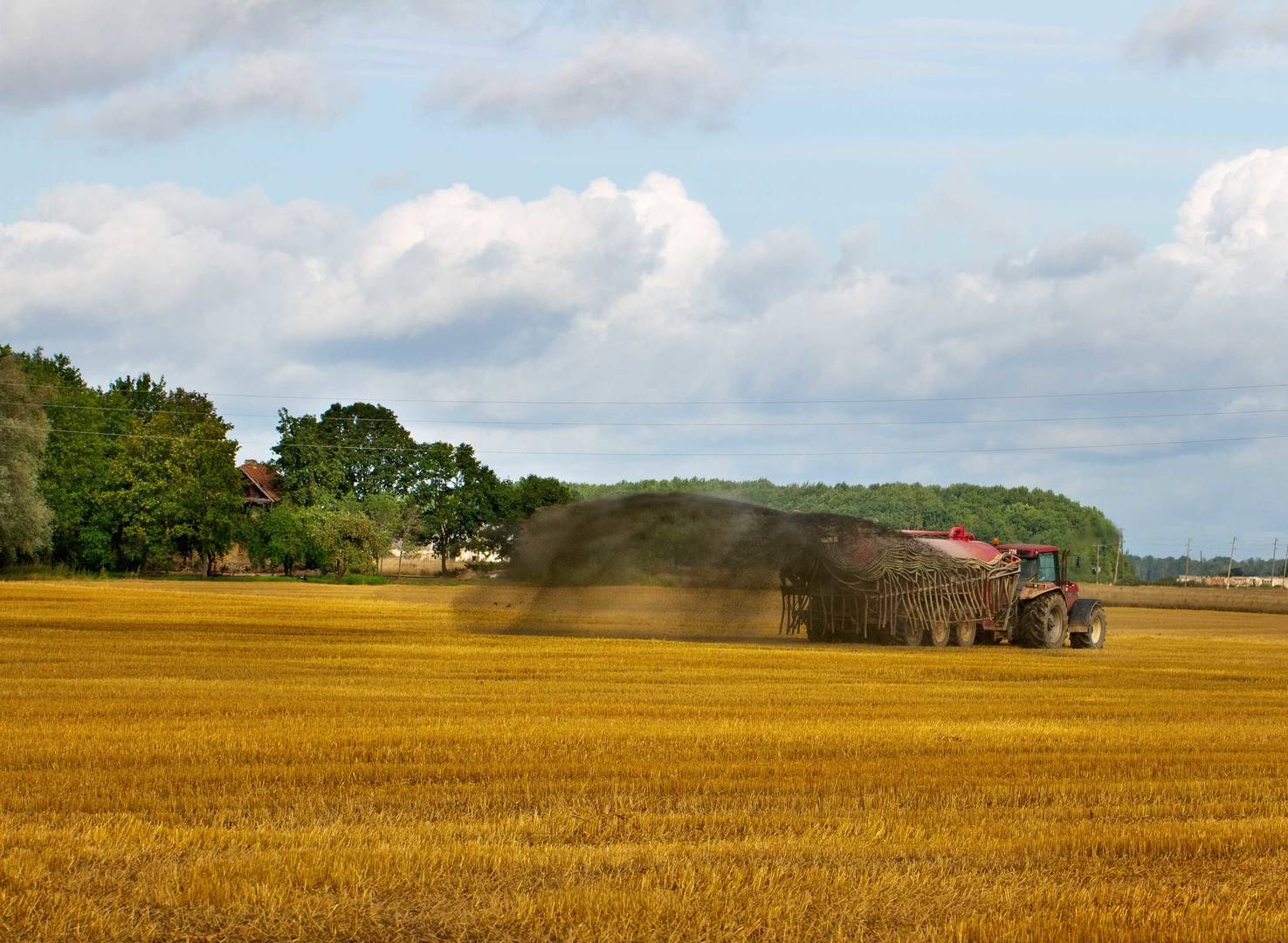EnviroMail 68 Canada
Testing for PFAS in Biosolids: Analytical Method & Regulatory Status in Canada
Despite the significant societal value derived from their beneficial re-use as agricultural fertilizer, there is growing international concern about biosolids as a potential source of per- and polyfluoroalkyl substances (PFAS), posing a risk to human health and the environment. As a result, the Canadian Food Inspection Agency (CFIA) recently implemented an interim standard for PFAS in biosolids in Canada.1 The CFIA interim standard requires that biosolids contain less than 50 ppb (µg/kg) of perfluorooctane sulfonate (PFOS) as an indicator for PFAS contamination in order to be imported or sold in Canada. ALS offers 17025 accredited testing for PFAS in biosolids by US EPA Method 1633 for compliance with the interim standard.

PFAS Exposure Risks from Biosolids
Biosolids are a treated solid byproduct generated by wastewater treatment plants (WTTPs) and are often used as an important resource for agricultural land applications. The terms biosolids and sewage sludge are often used interchangeably, but in fact sewage sludge refers to untreated semi-solid WWTP waste, whereas biosolids (sometimes called filter cakes) have been treated for end-use suitability or safe disposal by aerobic or anaerobic digestion, thermal drying, alkaline stabilization, composting, etc. The re-use of biosolids brings many benefits, including for soil health, nutrient enrichment, carbon sequestration, and reduced demand for synthetic fertilizer products.

Figure 1. Wastewater treatment plant – biosolids source
PFAS occur in municipal, commercial, and industrial wastewaters primarily through consumer and commercial use and disposal of products containing PFAS. Landfill leachate, which can contain very high levels of PFAS, is also typically introduced in WWTP influent. Toxic PFAS such as PFOS and PFOA can also be formed during wastewater treatment by the transformation of precursor compounds in the influent. Traditional WWTP processes do not remove PFAS, which means they can persist in both the effluent (treated water released from the plant) and in produced biosolids.
The State of PFAS report published by Environment and Climate Change Canada notes that approximately 58% of biosolids generated in Canada are used for agricultural land applications such as food crops and livestock grazing, with the remainder being disposed by incineration or landfilling. PFAS can leach from biosolids into groundwater and surface water, and can also be taken up by plants, including agricultural products, creating pathways for human and animal exposure.

Figure 2. Agricultural landspraying of biosolids
Biosolids Regulation in Canada
On October 18th 2024, the Canadian Food Inspection Agency (CFIA) implemented an interim standard for PFAS in biosolids being sold or imported as commercial fertilizer in Canada. The standard is set at 50 parts-per-billion (µg/kg) of PFOS based on dry weight as an indicator of total PFAS contamination. CFIA's notice to industry1 stated that initial data suggests more than 90% of biosolids being produced in Canada would fall below the interim 50 ppb standard.
CFIA PFAS standard for commercial biosolids imported or sold as fertilizers - Oct 2024
Key elements of the CFIA biosolids regulation include:
- Sampling and testing are required at least every 6 months to account for seasonal variations.
- Composite or grab samples can be collected, but must be representative of the product as it will be imported or sold.
In 2023, the province of Québec issued a precautionary temporary moratorium on biosolids being imported from the US due to concerns about risk associated with imports from Maine in particular. On March 12, 2025, Québec introduced PFAS biosolids regulation through the revised Fertilizing Residual Materials (FRM) Management Code, effective November 1st 2025. The Québec limits are notably more stringent than the CFIA interim standard, setting limits for 13 PFAS compounds, with specific limits for PFOS and PFOA, and a total PFAS limit for the sum of PFBA, PFPeA, PFHxA, PFDA, PFDS, 6:2 FTS, 5:3 FTCA, 7:3 FTCA, NMeFOSAA, NEtFOSAA, and 6:2 FTUCA (a.k.a. FHUEA). For the sum of 11 PFAS included in the regulation, ALS uses a default Limit of Reporting of 10 μg/kg, calculated using the square root of the sum of squares of component LORs, as per CCME analytical methods guidance.3
The regulation also confirms the temporary ban on US biosolids will be maintained until November 2028.
Québec Fertilizing Residual Materials (FRM) Management Code - March 2025
In the USA, several states regulate PFAS in biosolids (e.g., Colorado, Michigan, New York), with limits for PFOS and/or PFOA in the range of 20 – 100 µg/kg (as dry weight). In 2022, Maine imposed a ban on new permits for land applications of biosolids (septage). Hawaii, Rhode Island, Vermont, and Washington are in the process of establishing regulations. In January 2025, the US EPA issued a Draft Sewage Sludge Risk Assessment for PFOA and PFOS indicating possible human health risks above EPA acceptable thresholds under some scenarios for land-applied sewage sludge containing only 1 part-per-billion (µg/kg) of PFOS or PFOA (fifty times lower than the CFIA limit). The EPA risk assessment may put downward pressure on limits for PFAS in biosolids or sewage sludge in the USA and elsewhere. The ALS method is situated to test biosolids down to these levels today.
Table 1: Current & Pending Canadian PFAS Biosolids Regulations

Laboratory Method for PFAS in Biosolids
The CFIA interim standard requires biosolid sample analysis by an accredited lab using US EPA Method 1633, which prescribes specific sample extraction protocols for biosolids. Percent solids determination is required to report results as dry weight concentrations. ALS capabilities for PFAS in biosolids are listed in Table 3, and include testing for all 40 analytes from EPA 1633, plus 6:2 FTUCA,2 an additional analyte identified by the Québec regulation as being important for biosolids.
For biosolids and other semi-solid samples where dry weight concentrations are required (e.g. sewage sludges, filter cakes), the Limits of Reporting shown in Table 3 can be met for typical dewatered or dried biosolids where percent solids are > 10%. This method may be used for samples with solids content below 10% if dry weight reporting is required, but LORs will be increased proportionately. For liquid biosolids or sludges < 2% solids where low LORs are needed (e.g. to meet Quebec limits), special testing arrangements and advance communication are required.
US EPA Method 1633 incorporates industry best practices for PFAS testing in complex matrices such as biosolids, including:
- LC-MS/MS instrumentation operated in Multiple Reaction Mode (MRM) for optimal sensitivity and selectivity.
- Isotope Dilution (ID) calibration to correct for loss during sample preparation and for sample matrix effects.
- Sample extracts are extensively purified to remove coextracted interferences using both activated carbon and Solid Phase Extraction (SPE).
Sample Collection and Handling
Biosolids samples for PFAS testing should be protected from light and shipped with sufficient ice to maintain temperature at 0-6°C from time of collection until arrival at the laboratory within 48 hours of sample collection. For cooling of PFAS samples, ALS recommends double bagged regular ice in sealed poly bags (e.g., Ziploc®), or HDPE bottles filled with water and frozen. Chemical or “blue” ice should be avoided (most brands are untested for PFAS). Avoid exposure of samples to Teflon (e.g., cap liners from other sample bottles).
To avoid cross-contamination, special precautions are important for the collection of samples for PFAS testing. Due to the prevalence of perfluorinated substances in consumer products such as waterproof clothing and fabrics, sunscreens, lotions and cleansers, grease-proof and waterproof food packaging, cleaning products, fabric softeners, and cosmetics, care should be taken to avoid potential transfer from such items.
ALS applies a 28 day hold time for PFAS in biosolids to meet current Canadian provincial requirements. Please identify samples expected to contain high levels of PFAS on Chains of Custody (COCs).
Table 2. Test and Sampling Details
Table 3. ALS Canada PFAS Analytes in Biosolids by EPA Method 1633
- 1Notice to industry: Implementation of an interim standard for per- and polyfluoroalkyl substances (PFAS) in commercial biosolids - inspection.canada.ca
- 26:2 FTUCA/ FHUEA: 6:2 fluorotelomer unsaturated carboxylic acid / 2H-perfluoro-2-octenoic acid; CAS# 70887-88-6
- 3 Guidance Manual for Environmental Site Characterization in Support of Environmental and Human Health Risk Assessment, Volume 4 Analytical Methods, Section 6.3.1, CCME 2016, PN 1557.
Please contact your ALS Canada Project Manager for more details or to request sampling supplies.























































